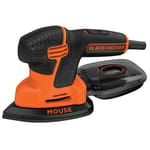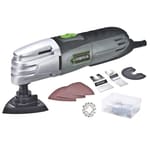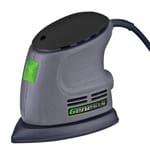What Are Detail Sanders, Anyway?
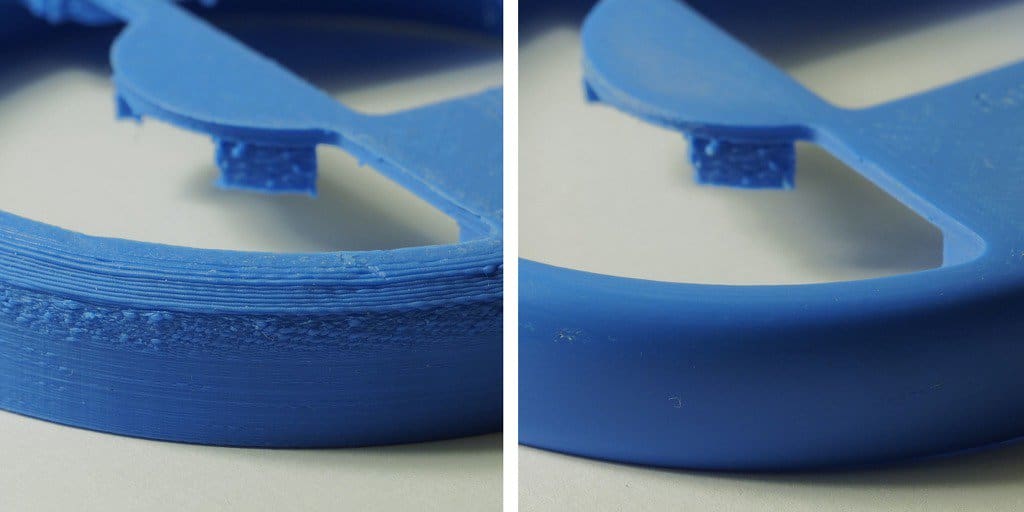
Most FDM 3D printers handle the printing of your model by depositing melted filament, layer, by later, on its build plate. The result is a model that looks like the digital design you sent to the machine, but the feel of the model might need some work.
Sanding 3D printed models can be done to remove traces of support material, but also to create a nearly-smooth, glass-like surface for painting or silicone molding, for example. Generally speaking, the smoother you want the model to be, the more sanding you’ll have to do.
But all this manual sanding, especially when coarse details are concerned, can take hours. And if you don’t want to be glued to one spot stroking your model with sandpaper all weekend, you’ll need a detail sander — an electric device with a vibrating or rotating toolhead that speeds up the process. Here are a few detail sanders that will get the job done.
Porter-Cable PCCW201B
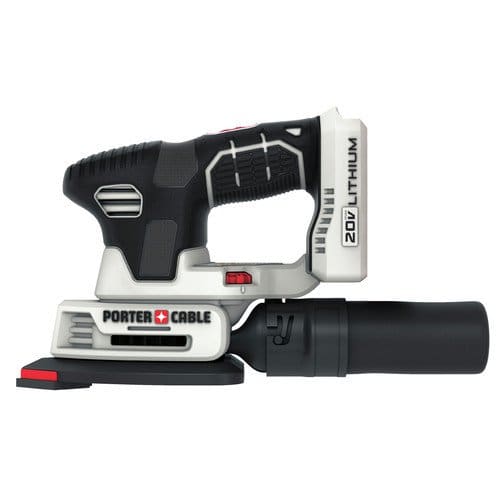
Highlights:
- Cordless
- Attaches to a vacuum
- Variable speed
There aren’t many cordless detail sanders on the market, and this Porter-Cable is a shining example of the category. You can attach a cordless vacuum to the rear end of the tool to make cleanup easier, though this shouldn’t be as relevant to 3D-printing-related applications. Another welcome feature is the variable speed dial to switch between polishing finer details and removing entire support structures, which means this detail sander could be used in more than one stage of the sanding process.
Because of its form factor, however, you might find it more useful to lay this detail sander on its side and move the 3D printed model rather than the sander body. After all, it was designed to be used in larger woodworking projects. Overall, this is a fantastic up-to-date tool to give you a break from bicep-wrenching manual labor.
Black&Decker BDEMS600 Mouse
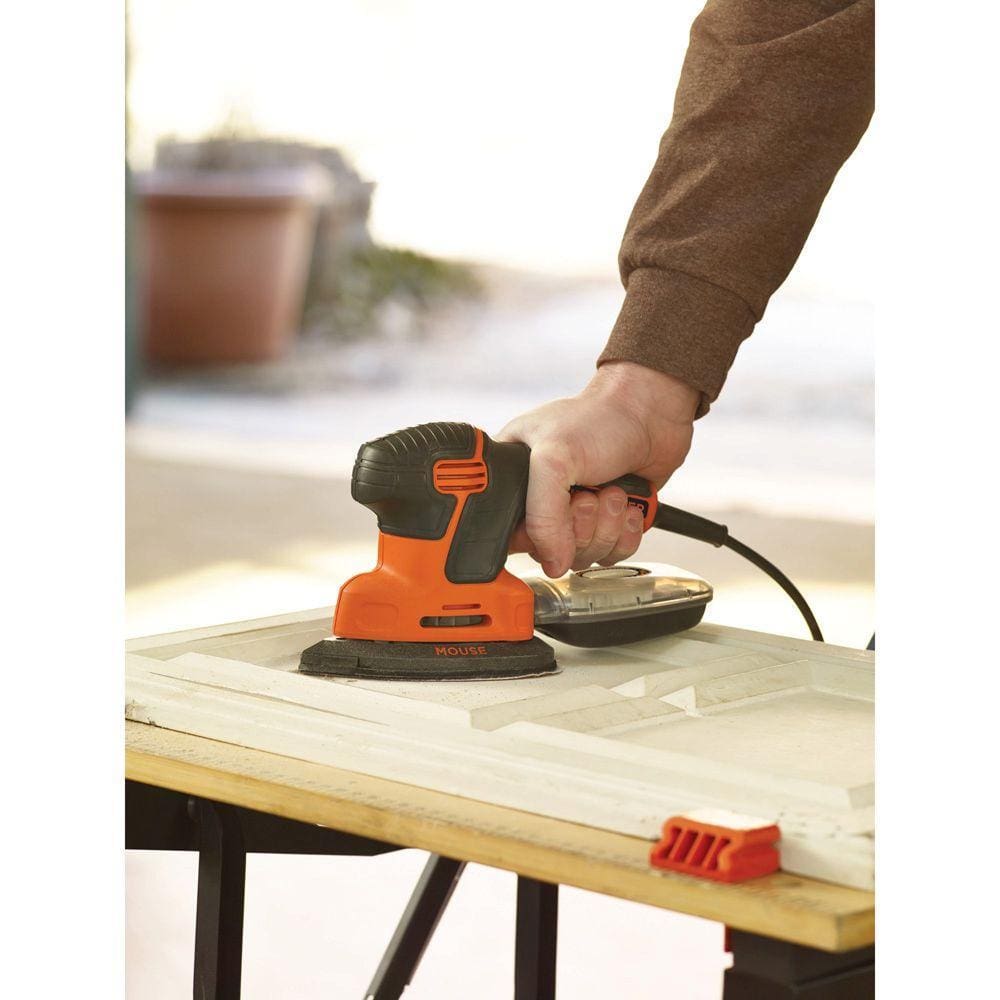
Highlights:
- Compact size
- Dust collection option
- Proprietary sanding pads
Of course, the well-known power tool brand Black&Decker has its own offering: the BDEMS600. It’s called the “Mouse”, and for a good reason, given that it’s small and fits in tight spaces. That’s great news for us 3D printing enthusiasts, who will rarely unleash this detail sander on a kitchen chair, but instead press its rough toolhead against plastic models.
This detail sander will be quite happy rubbing away at your palm-sized models, and you won’t feel like you’re grinding away too much fine detail that took hours to print, either.
But make sure you get extra proprietary sanding pads when purchasing this tool, because many users have reported that generic sandpaper does not always fit the tool’s mounting holes. Otherwise, it’s a reliable detail sander with a good form factor for finishing your 3D prints.
Genesis GMT15A Multi-Tool
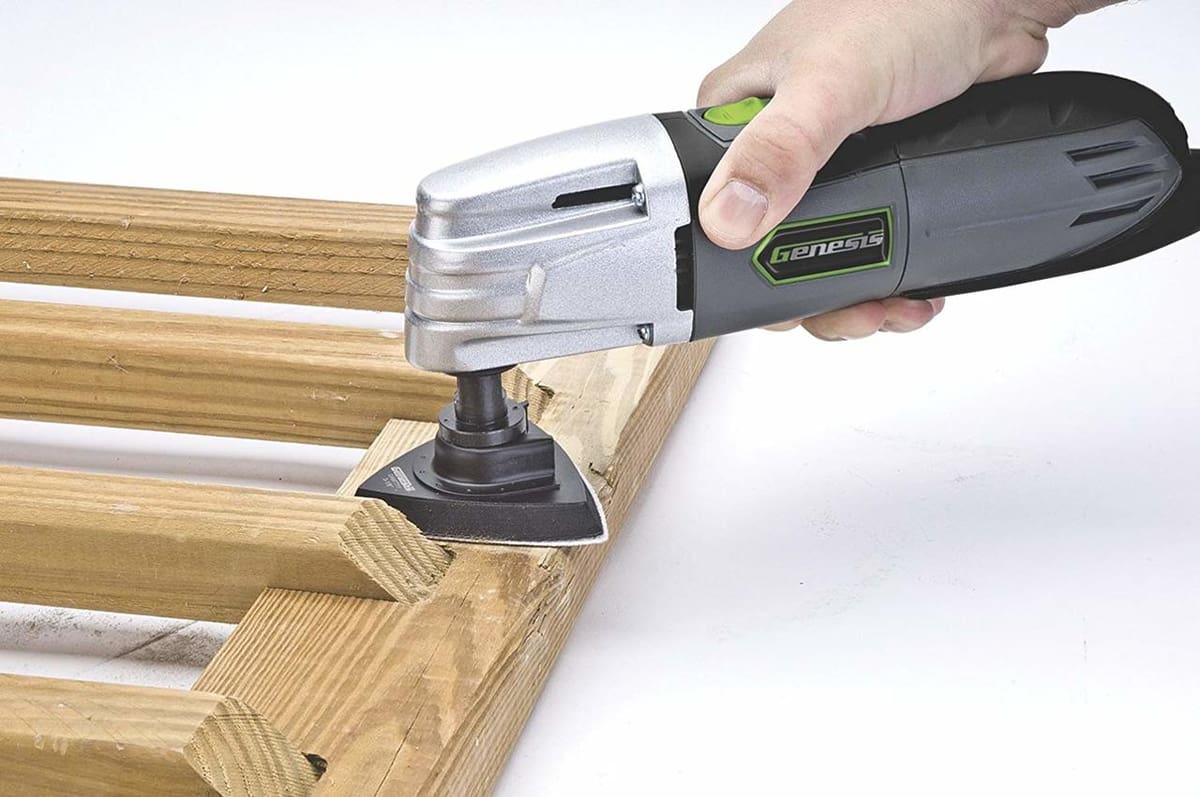
Highlights:
- Well-loved
- Unique form factor
- Affordable, given a myriad of functions
One of the most popular detail sanders among DIY hobbyists, the GMT15A comes with tools for cutting and scraping as well as sanding. And although these functions might not be immediately useful for polishing your 3D models, they might come in handy the next time you have a nozzle jam and you just want a clean start. (We’re joking. Cutting off your 3D printer’s nozzle intentionally is dangerous and not recommended.)
As for sanding, the GMT15A’s unique form factor might suit some users better. Controlling the sanding tool with the wrist rather than moving your whole arm to manipulate a palm-held variant provides more control and finesse. This advantage quickly becomes obvious when you start sanding a curved surface. Many home hackers have found this tool quite useful, and it’s a solid helper in the model finishing process.
Honorable Mention: Genesis Palm Sander
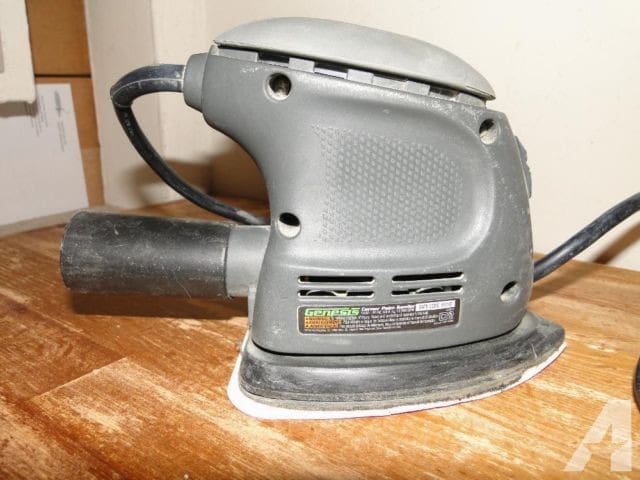
Highlights:
- Relatively small
- Cheap
- Good reviews
This one is too cheap and too good to not be on the list. Another option from Genesis brings you a tiny detail sander designed for detail work — perfect for smaller 3D models.
At this price, it’s also a better option for those who won’t be sanding very often, or just need the detail sander for a one-time project. But don’t be fooled: With two years of warranty and a strong chorus of positive reviews, the GPS080 Palm Sander will be sanding away quite well for a long time.
CERTAIN CONTENT THAT APPEARS ON THIS SITE COMES FROM AMAZON. THIS CONTENT IS PROVIDED ‘AS IS’ AND IS SUBJECT TO CHANGE OR REMOVAL AT ANY TIME.
